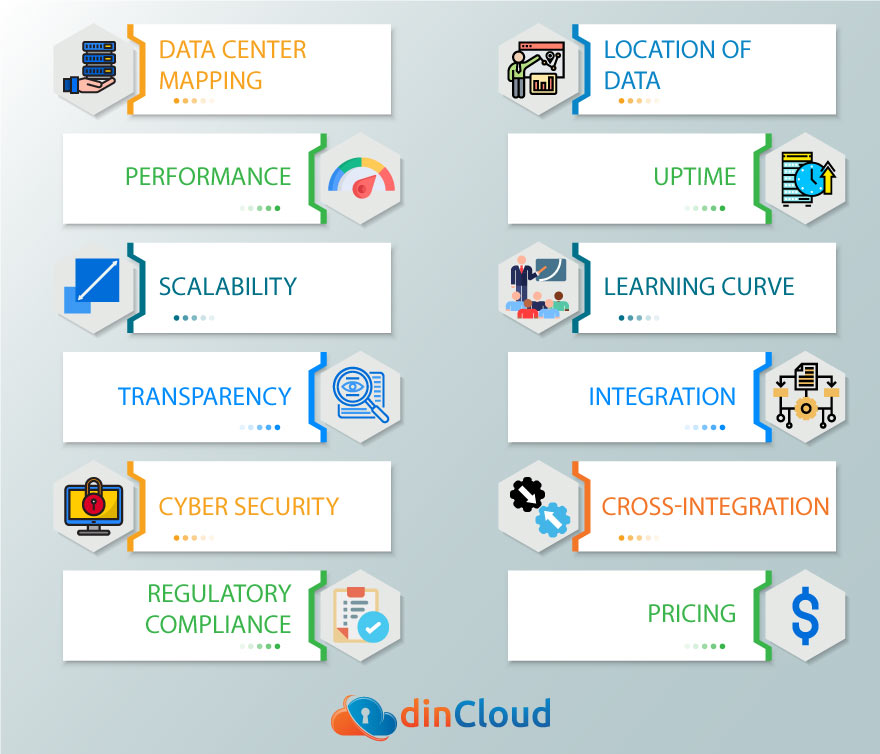Desktop as a Service or DaaS is one of the leading solutions offered by the vibrant cloud computing industry. While the cloud industry was already growing consistently at a decent pace, the recent Covid-19 pandemic has further acted as a catalyst for growth.
Also Read: 7 Leading DaaS Trends and Benefits in Higher Education

In a DaaS solution, you can provision Cloud Hosted Virtual Desktops (VD) by paying a certain usage fee to your Cloud Service Provider (CSP). Your operating system, data and applications are housed within the data center of the CSP.
Also Read: How the Cloud and Technology are Transforming Higher Education?
Users can access their VDs over the internet generally via a web browser and execute work as efficiently as a conventional desktop, but with much more flexibility and ease. The VD is accessible round the clock over multiple devices such as smartphone, tablet or laptop.
Currently, there is a wide range of DaaS providers in the market, ranging from multi billion dollar enterprises to niche players that offer much more customization. Choosing a DaaS solution for your needs is a major decision.
In this post, we will highlight some of the key considerations when you may be prospecting for a DaaS solution for your organization.
Also Read: Covid-19: A Catalyst for Desktop as a Service (DaaS) Demand
Data Center Mapping
For a DaaS provider, the data center is the life line. Before you shortlist a DaaS provider, you must evaluate the data center footprint of your DaaS provider with your planned locations for deployment. Greater the distance between the two, the more will be the lag.
Performance
The VD also comes with predefined performance specs. You need to pitch those specs against the workloads you plan to execute on the DaaS solution. This factor becomes ever more important if your DaaS solution would run processing intensive workloads.
Scalability
Although most DaaS providers claim to offer instant scalability, things are somewhat different on the ground. You need to consider the total timeline for onboarding new DaaS users and getting acquainted with the usage aspects of the solution.
Transparency
Not every DaaS provider will be totally transparent when it comes to pricing, especially the element of ongoing costs of the solution. You should factor in both the fixed and variable costs of each DaaS provider to make the comparison as objective as possible.
Cyber Security
You will be entrusting partial or entire business critical data to an external DaaS provider. All cyber security features need to be considered thoroughly so that your DaaS solution is both secure and in line with the industry’s leading security protocols.
Regulatory Compliance
The regulations around data are getting very tough across the globe. As your data will be housed in the data centers of the DaaS provider, you need to consider whether the CSP in general and its data silos in particular are fully compliant with regulations in vogue.
Location of Data
The location where a DaaS provider will house your data will have a major impact on your organization in terms of regulatory and jurisdictional compliance. This is a very important factor, now that data storage is becoming highly regulated.
Uptime
Every minute of downtime that your DaaS solution is subjected to will have serious repercussions for your organization. So, you should aim for an uptime near the 98% mark and this aspect should be fully documented in the Service Level Agreement (SLA).
Learning Curve
If your workforce is new to cloud solutions, the learning curve for the DaaS solution should be an important consideration as this will go on to impact organizational efficiency. A simple, intuitive and user friendly DaaS solution should be the ultimate goal.
Integration
How well does the DaaS solution integrate with your existing data, workloads and productivity applications will be important going forward. Integration issues will also go on to impact your DaaS solution deployment cycle.
Cross-Integration
This is also known as cloud lock-in and can lead to more troubles than convenience. The best case scenario in this regard is a DaaS provider that not only offers cross platform integration, but also supports it in true letter and spirit.
Pricing
Lastly, pricing mechanism for your DaaS solution will have a great impact on your entity’s finances. The pricing should both be competitive and transparent. Cover all aspects of pricing in the SLA so that everything is properly documented.
Conclusion
The Covid-19 pandemic has caught many business entities off guard when it comes to having a robust Business Continuity (BC) mechanism in place. Most of them are now hastily scrambling for cloud solutions, DaaS being among the top choices.
However, undue haste will do you more harm than good and you need to give due consideration to all the key factors highlighted above. Secondly, DaaS should not be viewed only as a stop gap arrangement as its benefits are long term.


